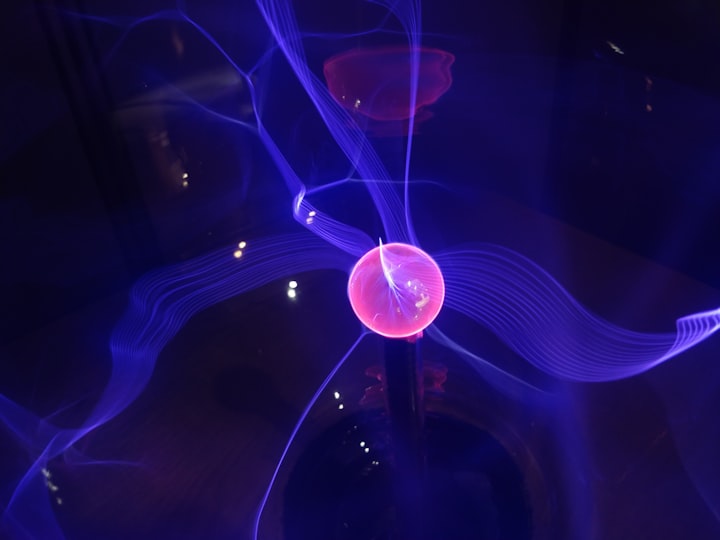Quantum locking
Understanding the phenomenon of Meissner-Ochsenfeld effect or flux pinning

Quantum locking, also known as the Meissner-Ochsenfeld effect or flux pinning, is a fascinating phenomenon in which a superconductor can be locked in place in a magnetic field without any physical contact between the superconductor and the magnet. This effect occurs due to the peculiar properties of superconductors, which allow them to expel magnetic fields from their interiors. In this essay, we will explore the science behind quantum locking, its applications, and its potential impact on future technologies.
To understand quantum locking, we must first understand the properties of superconductors. Superconductors are materials that can conduct electricity with zero resistance at very low temperatures. This means that once an electric current starts flowing through a superconductor, it can continue to flow indefinitely without any energy loss. Superconductors also exhibit the Meissner effect, in which they expel magnetic fields from their interiors. This occurs because the magnetic field induces a current in the superconductor that generates an opposing magnetic field, which cancels out the external field.
The Meissner effect allows superconductors to float in a magnetic field, a phenomenon known as diamagnetic levitation. However, this levitation effect is not perfect, as the superconductor can still move within the magnetic field. This is where quantum locking comes into play. When a superconductor is placed in a magnetic field, the magnetic field lines are forced to pass through the superconductor in discrete, quantized bundles known as fluxons. These fluxons behave like particles and can be trapped by defects in the superconductor's crystal structure, such as grain boundaries or impurities. This trapping of the fluxons is known as flux pinning, and it leads to a stable locking of the superconductor in the magnetic field.

Quantum locking has several potential applications in technology. One of the most promising applications is in transportation. If we could use quantum locking to levitate vehicles, we could reduce the friction between the vehicle and the ground, leading to faster and more efficient transportation. This technology is already being explored in the form of superconducting maglev trains, which use quantum locking to levitate the train above the tracks. These trains can reach speeds of up to 600 km/h, making them the fastest trains in the world.
Another potential application of quantum locking is in energy storage. Superconductors can store large amounts of electrical energy with very little loss, making them ideal for energy storage applications. If we could use quantum locking to levitate superconducting energy storage devices, we could reduce the friction between the device and the ground, leading to more efficient energy storage and transfer. This technology is already being explored in the form of superconducting flywheels, which use quantum locking to store and release energy.

Quantum locking also has potential applications in imaging and sensing. Since superconductors expel magnetic fields from their interiors, they can be used to create highly sensitive magnetic field sensors. By using quantum locking, we can create a stable platform for these sensors, which can improve their accuracy and sensitivity. This technology is already being explored in the form of superconducting quantum interference devices (SQUIDs), which are used to detect extremely weak magnetic fields.
Despite its many potential applications, quantum locking is still a relatively new and poorly understood phenomenon. There are several challenges that must be overcome before quantum locking can be fully utilized in technology. One of the main challenges is the need for extremely low temperatures. Superconductors only exhibit their superconducting properties at very low temperatures, typically below -100°C. This makes it difficult to use superconductors in practical applications, as they require costly and complex cooling systems.
Another challenge is the need for stable and uniform magnetic fields. Quantum locking is highly sensitive to magnetic field
About the Creator
Haidar- Ali
Meet Haidar, a story writer with a passion for crafting captivating tales that take readers on unforgettable journeys. Haidar developed an early love for storytelling, spending hours reading books and creating his own imaginary worlds.






Comments
There are no comments for this story
Be the first to respond and start the conversation.